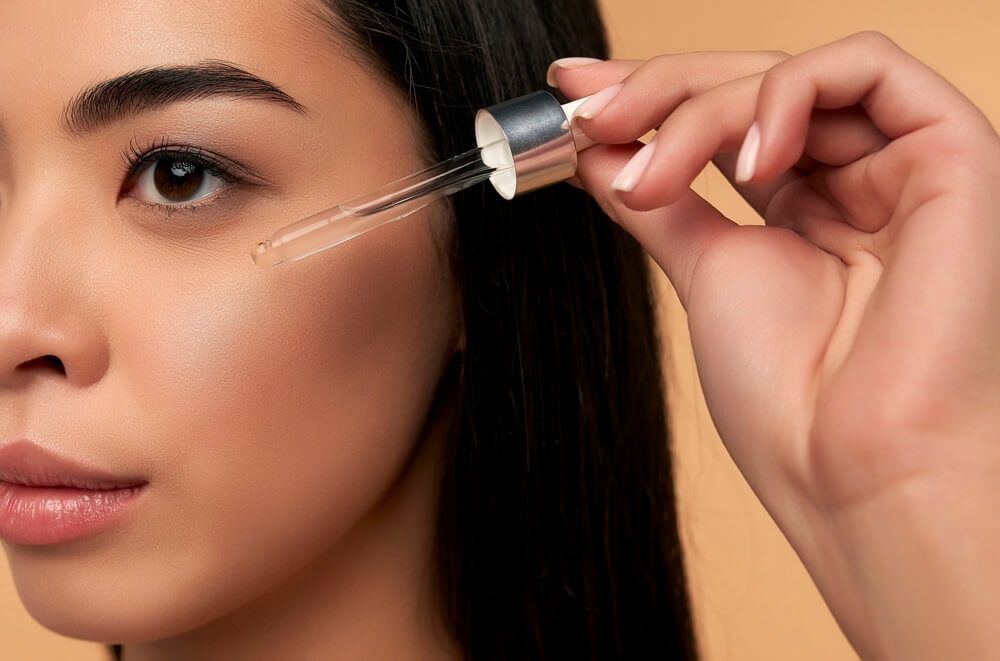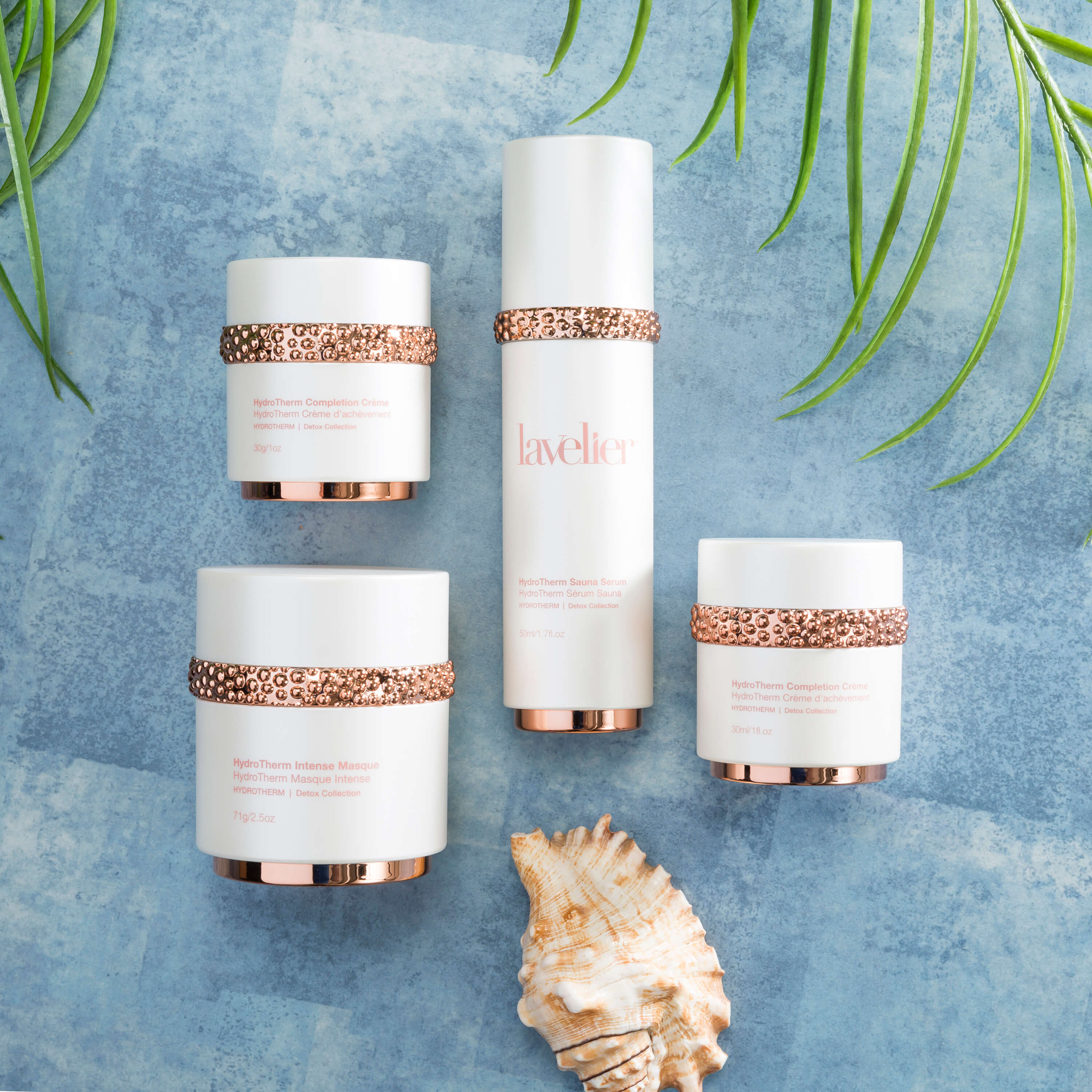When it comes to skincare, the world of serums can be both exciting and overwhelming. These potent elixirs have taken the beauty industry by storm, promising to target a wide range of skin concerns. But how do you choose the right serum for your specific needs, and how should you incorporate it into your skincare routine? In this comprehensive guide, we’ll walk you through everything you need to know about serums, from selecting the perfect one to applying it like a pro. Let’s dive in!
Understanding the Serum Advantage
Serums are lightweight, fast-absorbing liquids that contain a high concentration of active ingredients. Unlike moisturizers, which primarily hydrate the skin, serums are formulated to address specific skin concerns effectively. Whether you’re dealing with fine lines, dark spots, dryness, or uneven skin tone, there’s likely a serum designed to help.
Identifying Your Skin Concerns
The first step in selecting the right serum is identifying your skin concerns. Here are some common skin issues and the key ingredients to look for:
Fine Lines and Wrinkles
Look for serums with ingredients like retinol, peptides, or hyaluronic acid. These ingredients can help reduce the appearance of fine lines and wrinkles while promoting a smoother complexion.
Dark Spots and Hyperpigmentation

For concerns related to dark spots and uneven skin tone, consider serums containing ingredients like vitamin C, niacinamide, or alpha hydroxy acids (AHAs). These ingredients can brighten the skin and fade hyperpigmentation over time.
Dryness and Dehydration
To combat dryness and dehydration, opt for serums rich in hyaluronic acid, glycerin, or ceramides. These ingredients provide intense hydration and help lock in moisture.
Acne and Blemishes
If you’re dealing with acne-prone skin, seek out serums with salicylic acid, benzoyl peroxide, or tea tree oil. These ingredients can help clear blemishes and prevent future breakouts.
Dullness and Lack of Radiance
To achieve a more radiant complexion, look for serums containing vitamin C, antioxidants, or exfoliating ingredients like AHAs or BHAs. These ingredients can improve skin texture and boost overall radiance.
Choosing the Right Serum

Once you’ve identified your primary skin concerns, it’s time to choose the right serum. Here are some tips to help you make the best selection:
Check the Ingredients
Read the ingredient list carefully. Make sure the serum contains the active ingredients known to address your specific concerns. Be wary of products with lengthy ingredient lists that may dilute the effectiveness of the key ingredients.
Consider Your Skin Type
Take your skin type into account when choosing a serum. Some serums are formulated for oily skin, while others are better suited for dry or sensitive skin. Look for serums labeled as “non-comedogenic” if you have oily or acne-prone skin.
Research Brands and Reviews
Research reputable skincare brands and read reviews from customers who have similar skin concerns. Customer reviews can provide valuable insights into the effectiveness of a product.
Patch Test
Before applying a new serum to your entire face, perform a patch test on a small area of your skin to check for any adverse reactions or allergies.
Incorporating Serum into Your Routine
Now that you’ve chosen the right serum, it’s essential to know how to incorporate it into your skincare routine effectively. Here’s a step-by-step guide:
Step 1: Cleanse Your Face

Start with a clean canvas. Use a gentle cleanser to remove makeup, dirt, and impurities from your skin. Pat your face dry with a clean towel.
Step 2: Apply Toner (Optional)
While not necessary, some people like to use a toner after cleansing to balance the skin’s pH and prepare it to absorb the serum better.
Step 3: Dispense the Serum
Gently shake the serum bottle to mix the ingredients. Then, dispense a small amount of serum onto your fingertips. Less is often more with serums, so start with a pea-sized amount.
Step 4: Apply the Serum
Using your fingertips, apply the serum to your face and neck. Gently massage it into your skin using upward and outward motions. Avoid tugging or pulling on the skin.
Step 5: Allow Absorption
Give the serum a few minutes to absorb fully into your skin. During this time, you can proceed with other skincare steps like applying moisturizer or sunscreen.
Step 6: Complete Your Routine
Follow up with your regular moisturizer and sunscreen if it’s a daytime routine. If it’s your evening routine, you can apply a night cream after the serum.
Tips for Serum Success
Here are some additional tips for getting the most out of your serum:
- Consistency is Key: Serums work best when used consistently. Incorporate them into your daily skincare routine for the best results.
- Patience Pays Off: It can take several weeks to see noticeable improvements in your skin. Be patient and stick with your skincare routine.
- Layering Order: If you use multiple serums, apply them from thinnest to thickest consistency. Allow each serum to absorb before applying the next.
- Sun Protection: Some serums may increase skin sensitivity to the sun. Always finish your morning routine with a broad-spectrum sunscreen to protect your skin.
Final Thoughts
Serums can be a valuable addition to your skincare routine, offering targeted solutions to a wide range of skin concerns. By identifying your specific needs, choosing the right serum, and using it correctly, you can unlock the full potential of these powerful skincare elixirs. So, go ahead and embrace the world of serums—your skin will thank you for it!






Leave A Comment